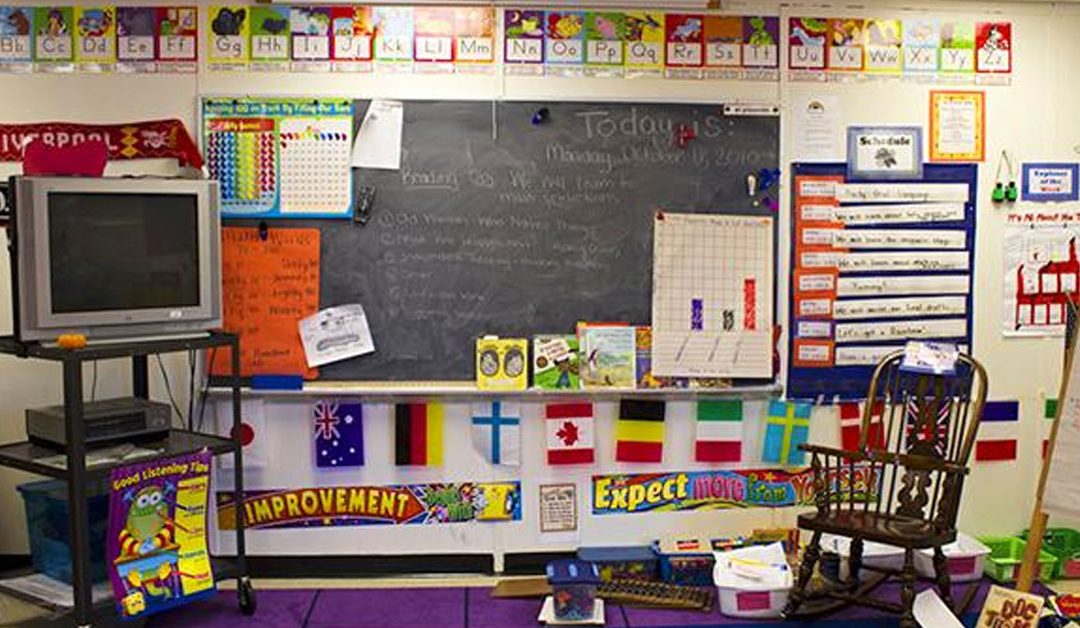Abstract
The purpose of this research was to evaluate the degree to which Black students are overrepresented and misplaced in special education, as a result of current testing and placement practices, insufficient parental knowledge of special education rights and responsibilities, and the need for more cultural diversity training for teachers. The two subjects interviewed were a special education teacher/chairperson and a principal; both employed in the same school. A class of special education students was unknowingly observed. Interview responses show little satisfaction with the current methods of placing Black children into special education programs. The observations demonstrated that the majority of the children did not need to be placed there. The use of Black psychologists, increased parental support and knowledge, a non-biased test for placement and increased preservice and inservice training was recommended.
Introduction
The steady increasing number of Black students placed in special education has been recognized, but still not resolved. One State Department of Education supports the fact that today this problem remains unresolved. The Florida Department of Education, a state which keeps some of the most accurate records on the racial and ethnic composition of special education classrooms, reports that for the last past five years the percentage of Black students in classes for educable mentally retarded pupils has exceeded the generally accepted 2% expected level (Bureau of Education for Exceptional Students, 1985). Not only is this data alarming, but it has also been recognized that some Blacks, mostly males, are misdiagnosed or misplaced into special education programs. The numbers are disproportionate and an overrepresentation of Black placed in special education. A continuing problem in the public school system is the disproportionate and overrepresentation of Black students in certain types of special education classrooms ( Ysseldyke & Algozzine, 1983). Along with the overrepresentation of this same group of students are classrooms for gifted pupils (Bureau of Education for Exceptional Students, 1985). Gifted children who are culturally different, are overlooked because many of them are underachievers (Wilgosh, 1991).
For more information visit website


